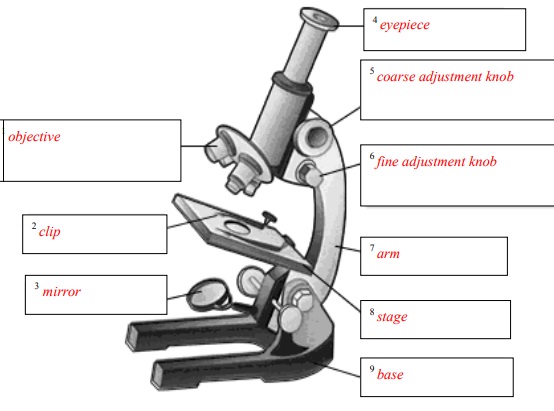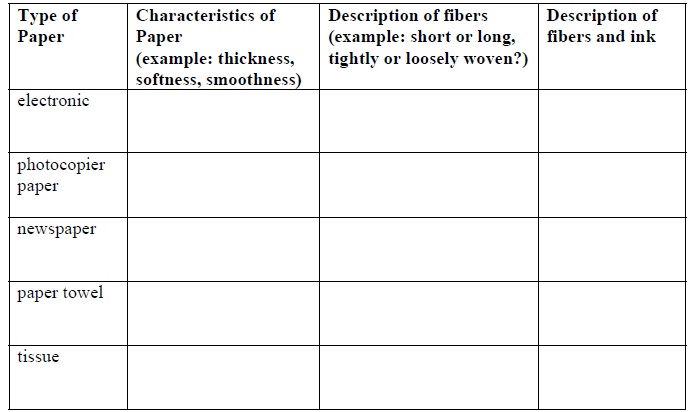





Published on Apr 02, 2024
Have you ever torn a piece of paper and examined the edge of it? You may have noticed tiny hair-like strands sticking out of the edge. What you are observing is the cellulose fiber that makes up paper. The cellulose fiber comes from the wood chips that are used as the starting material to make most kinds of paper. The wood chips are broken down into these fibers during the process of paper-making called pulping. The fibers in paper contribute to the overall characteristics of paper. The strength, texture and ink absorption of paper all depends on how the fibers are prepared or arranged during the manufacture process. We can examine how these fibers are arranged in different types of paper under a microscope. Electronic paper is not made from the same materials as traditional paper; therefore it does not contain fibers. Electronic paper is made from plastics and polymers. Therefore, we should expect that electronic paper will not look the same as traditional paper under a microscope.
1. Compare microscope images of fibers in different kinds of paper, including electronic paper
2. Observe microscope images of the interactions between ink and paper
• Light microscope
• Sheet of electronic paper
• Photocopier paper
• Newspaper
• Paper towel
• Tissue paper
• Blue or black pens
• Markers
• Pencil

1. Always be very careful when handling a microscope. Make sure you know how to operate the microscope before you begin.
1. For each sample of paper, tear a small piece of the sample to be viewed under the microscope. The torn edge allows you to see a thinner part of the paper and also exposes some of the fibers better.
2. Prepare an observation data table similar to the sample below so that you can record your observations.

1. Examine each type of paper. Think about how the characteristics of the fibers may affect the make-up of the overall paper.
2. How do you think regular paper fibers will look under the microscope compared to electronic paper?
1. For each sample of paper, position the torn edge so that it is visible under the microscope.
2. While observing the fibers, think about the following questions – a. How are the fibers for each sample alike and how are they different? b. How might the fiber characteristics influence the way each type of paper is used? c. What do you think the electronic paper looks like?
3. Record your observations on your data sheet.
4. Take each sample of paper, except for the electronic paper, and make a mark with either a pen or a marker close to the torn edge. Re-position the paper under the microscope and observe how the ink affected the paper fibers.
5. Record your observations on your data sheet
6. Try marking one or two samples of you paper with a pencil and examine the results under a microscope. Do any of your results look similar to the electronic paper?
1. Think of other types of paper that you could observe under the microscope. Make predictions about what the fibers will look like based on the other types of paper you observed under the microscope. Check out your samples under the microscope once you have made your predictions. Were you correct?
After completing this activity you should have a pretty good idea of what paper fibers look like and how their preparation and arrangement can affect the properties of a whole piece of paper. You should also have an idea of what electronic paper looks like at the microscopic level.
1. http://www.tappi.org/paperu/fun_science/detailsDetails.htm
2. http://www.swe.org/iac/LP/paper_02.html
3. Milgrom, Harry. Paper Science. Walker Publishing Company, New York, 1978.